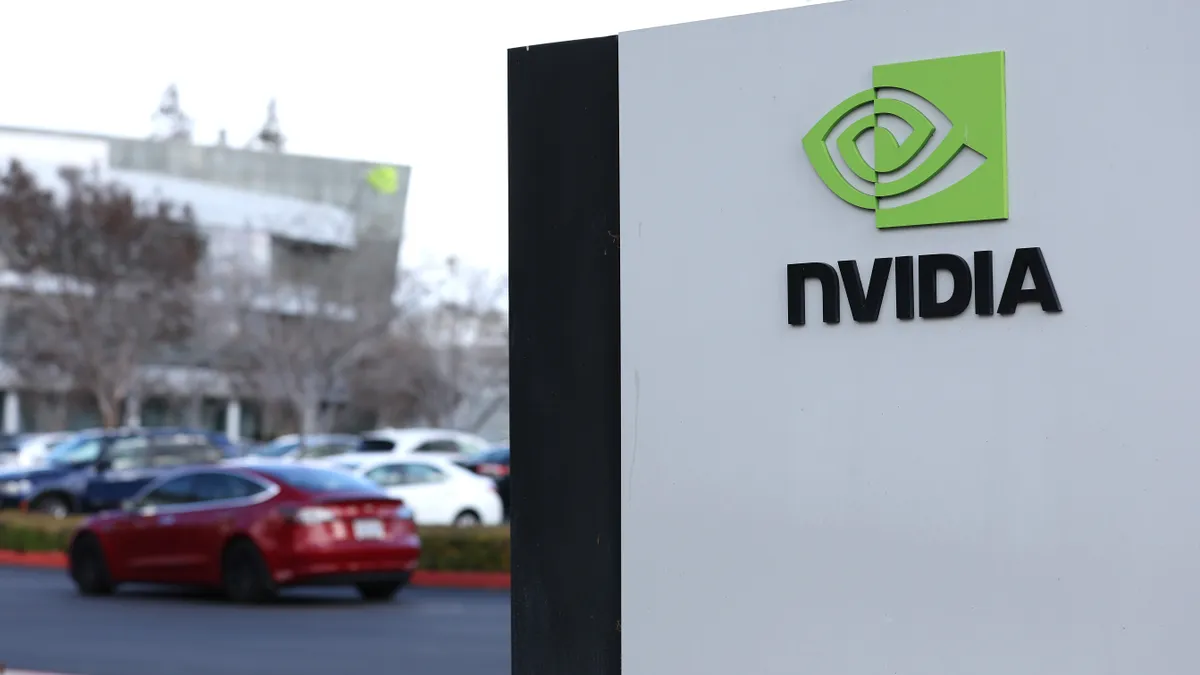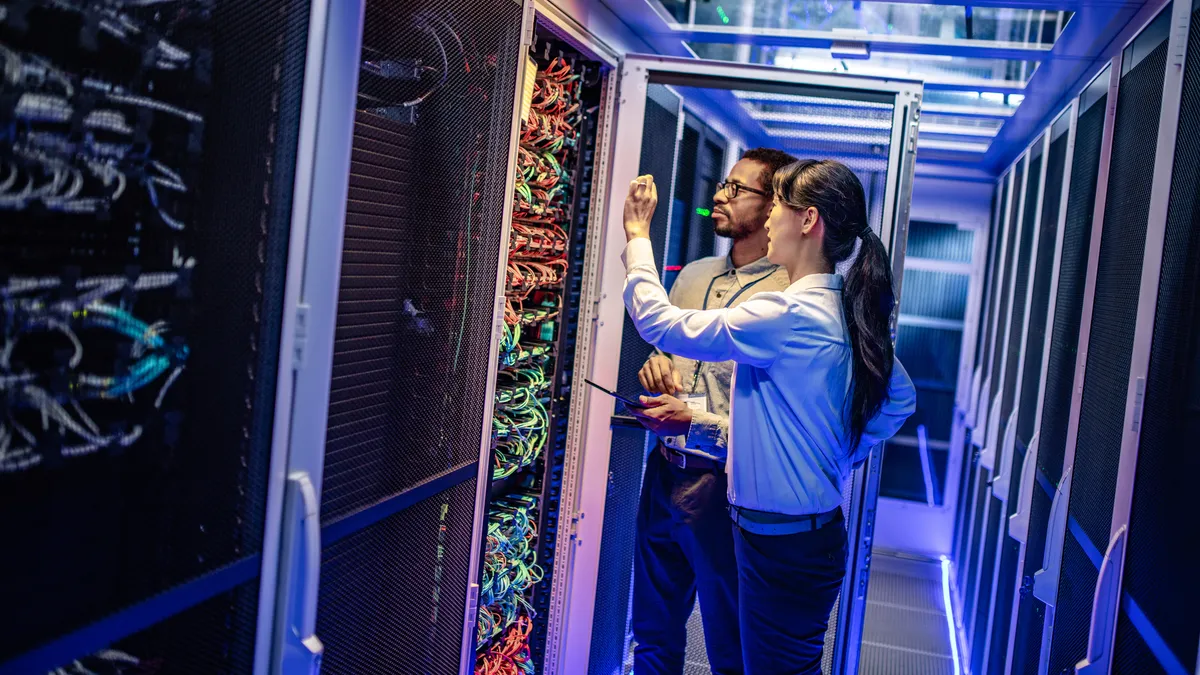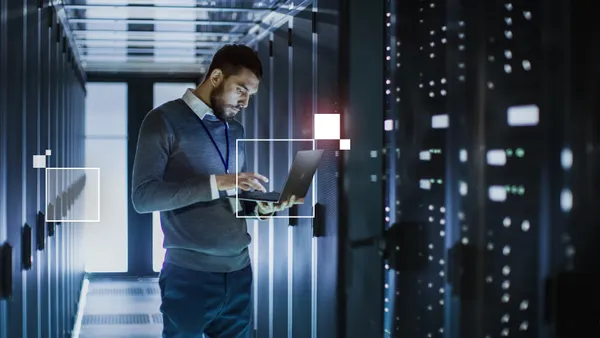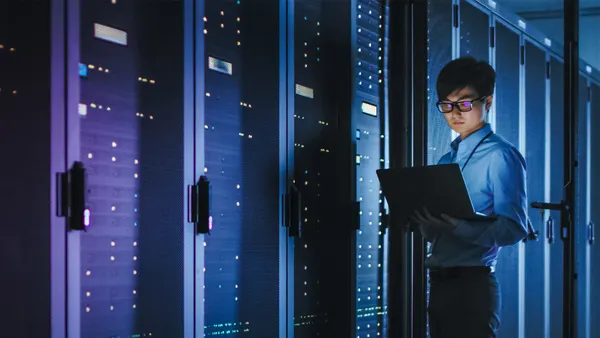The following is a guest article from Kriti Sharma, VP of AI at Sage.
Artificial intelligence (AI) had a breakthrough year in 2017. More companies rolled out, and invested in, AI-driven platforms, products and customer-oriented services. More publications covered AI as a mainstream topic. More people began to encounter AI — wittingly or unwittingly.
Generally, folks became slightly more familiar with what AI actually is — and how AI's diverse applications can impact their own digital lives. Over the next year, AI will assume a more mature role in global business, consumer markets and everyday life.
In practice, companies will focus on how to communicate AI's value, benefits and inner-workings to their customers. AI developers and engineers will focus on how to eliminate bias at the data and algorithm levels. Governments around the world will work to define what AI is for their constituents.
But there's still a lot of work that needs to happen to make democratized AI a reality in 2018. Indeed, key hurdles remain in the way of AI's inclusive journey to the mainstream that will need to be addressed over the next year:
Closing the global data power divide
Today, a relatively small number of corporate giants hold most of the world's consumer data that machines learn from. Meanwhile, academic research institutions innovating AI and data-driven technologies like MIT, Carnegie Mellon and CalTech are generally very good about publishing their data sets used to create research.
By and large, however, many tech giants keep insight-filled data in-house and behind closed doors.
The technology community and global business in general should work to establish a level data sharing playing field in 2018. Consumers and boards should hold companies accountable to sharing data securely, fairly and transparently.
Achieving an arrangement like that would enable more individuals to contribute and share data and ideas advancing innovation and addressing societal problems.
We hold the capability to grow and share a more diverse data set and, in turn, inspire more voices to be heard within the data community. Data sharing should become the norm across industries and sectors over the next year.
Taking AI out of isolation and bringing it into a network
So far, AI has been created largely in silos. Industry developers and academic researchers create specific AI-driven inventions and then put them through tests to gauge their market viability. Many bots are created to solve a very specific, targeted function.
While it's fine to have specialized AI for a set purpose, the technology is most impactful when people take a platform approach to connecting various elements of enterprise-ready AI.
For example, in 2016 and 2017, there were many smart assistants that focused solely on natural language processing. While this is a worthy endeavor, progress narrows when developers and engineers focus on a sliver of AI's potential.
As a global community, we need to look at the problem not just as a single piece of AI technology, but as a solution being built. In practice, this means incorporating a combination of great user experience (UX), digital technique, cognitive capabilities and connectivity into every AI product.
Using AI to address digitally native issues
As of right now, AI is being used predominantly to solve minor issues, improve productivity and internally manage data. Within the enterprise, AI is being used largely in marketing to drive ad clicks, generate revenue and for other self-serving pursuits.
In 2018, however, I see companies deploying AI to solve problems — particularly combating worldwide issues created by technology itself like cyberbullying, fake news and information security.
For example, at YouTube, 10,000 people were recruited to moderate content produced and viewed by over 4 billion people on a regular basis. It's ineffective. And it's simply not sustainable.
The main issue with using people to monitor vast pockets of the internet is that there is a lack of supporting technology to protect consumers from abuses of the web. That's where I see AI becoming employed to keep users safe in 2018 and beyond.
Understanding that workplace AI works best when combined with humans
The most extreme take on AI in 2017 was that it would replace all jobs in the world and make humans obsolete. This outlandish sentiment was shared publicly by academics and futurists alike. McKinsey fueled further speculation with their report that 800,000 jobs may be rendered robotic by 2030.
Sure, some jobs will become automated, but people will also be retrained and AI will create as well as replace.
Corporate spending on AI is projected to continue growing to over $46 billion by the year 2020. It's clear the business world understands that AI can help industries — from finance to healthcare to transportation to energy — and close gaps in skills, performance and productivity.
However, the reality is that humans aren't being replaced — yet anyway. So, instead of focusing on complete replacement, industry should focus on retraining human staff for an AI-driven future and combining AI technologies with human staff to achieve optimal output.
The best work is done when humans and technology work together Like the old saying goes, the sum is greater than its parts.





















